Mali
The Malian army is moving towards the north and the Kidal region, stronghold of the separatist rebellion, a risky operation which could foreshadow a major confrontation and constitute a turning point after a decade of conflict.
A large convoy of the Malian army left Gao on Monday towards the Kidal region, more than 24 hours by road from the capital. Its primary destination would be the localities of Tessalit and Aguelhok, north of Kidal, with the aim of taking control of the UN mission camps (MINUSMA).
MINUSMA must leave the country on orders from the junta. His departure and the handover of his camps, starting with that of Ber in mid-August, are seen as a primary factor in the resumption of hostilities by the separatists.
In the standoff between a multitude of armed actors for control of the territory, the separatists believe that the UN rights must return to their control.
The Coordination of Azawad Movements (CMA) carried out a succession of operations from Ber against army positions. Its fighters are now gathering in the Kidal region.
The desert region of Kidal is the historic focus of independence rebellions dominated by Tuareg , a nomadic and marginalized population whose uprisings have shaken Mali since independence.
The northern camps are strategic points on the road to Algeria . But the issue is also symbolic for Bamako.
The Malian army suffered several humiliating defeats against the separatists between 2012 and 2014, and Kidal's insubordination remains in the throat of the soldiers who took power by force in 2020 and are making the restoration of national sovereignty a of their mantras.
At the time when separatists and Salafists rose up in the north in 2012, quickly followed by jihadists, the Malian army numbered only a dozen thousand men, according to a 2013 French parliamentary report.
After ten years of French and European, then Russian, military assistance, the numbers are estimated at around 40,000 men. The Russian private paramilitary company Wagner is said to have several hundred men in Mali.
Enough to convince the junta to take "a gamble" by relaunching hostilities against the rebels, according to a Western diplomat. But insufficient to control a country already subject to intense pressure from jihadists.
“The strategic problem of the Malian forces is their lack of resources. Either they suffer, or they carry out dynamic operations which result in raids here and there, that is the maximum they are able to do”, explains Jonathan Guiffard, an expert associated with the Institut Montaigne.
Bamako can count on air assets acquired in 2022, notably three Turkish Bayraktar drones, as well as L39 Albatros aircraft delivered by Russia, but whose availability and combat effectiveness remain uncertain.
There are no credible statistics to measure the actual numbers of the CMA. “They often lied to boost their numbers (as part of a combatant disarmament program) and hid their weapons stocks,” says Marc-André Boisvert, a researcher at the FrancoPaix Center in conflict resolution. Before the resumption of hostilities with Bamako, "a realistic figure would be 3,000 to 4,000 men", he assures.
The organization of these groups, however, allows them to bring together fighters for limited periods, and figures of the rebellion launched calls for mobilization on Tuesday.



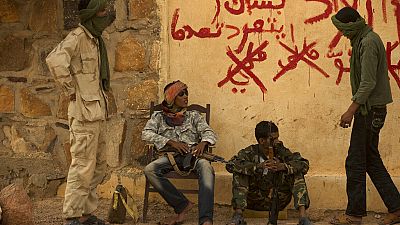

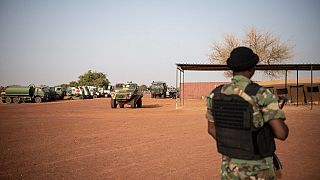
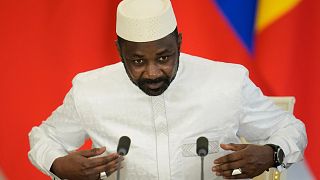
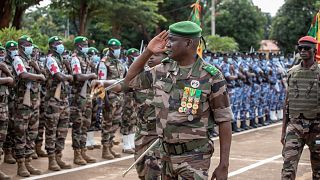
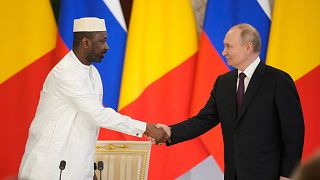
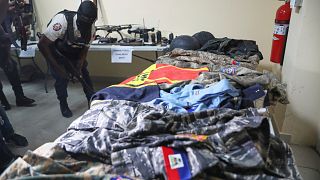

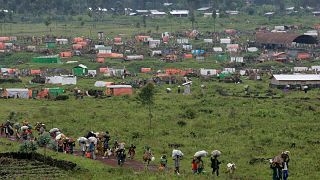
02:35
Central African Republic's major rebel groups to disarm, dissolve
01:06
Military parade celebrates 250 years of US military
01:05
Trump deploys National Guard to Los Angeles immigration protests
01:20
Amnesty International accuses DR Congo's M23 rebels of possible war crimes
01:09
Houthis claim downing of U.S. drone amid intensified airstrikes
Go to video
Khartoum residents welcome army soldiers who reclaimed area from RSF